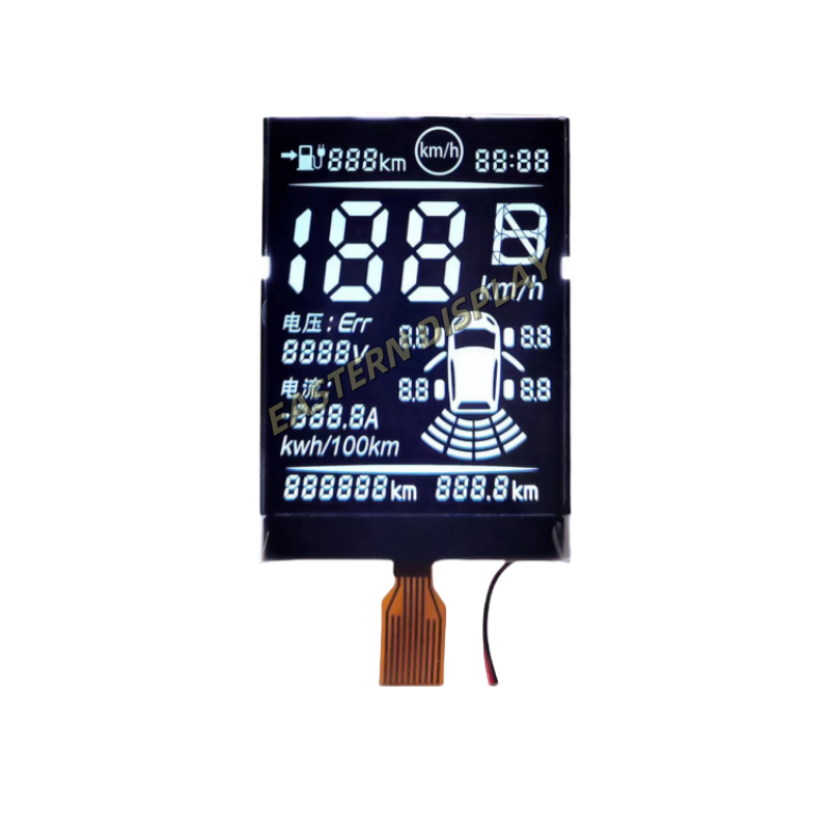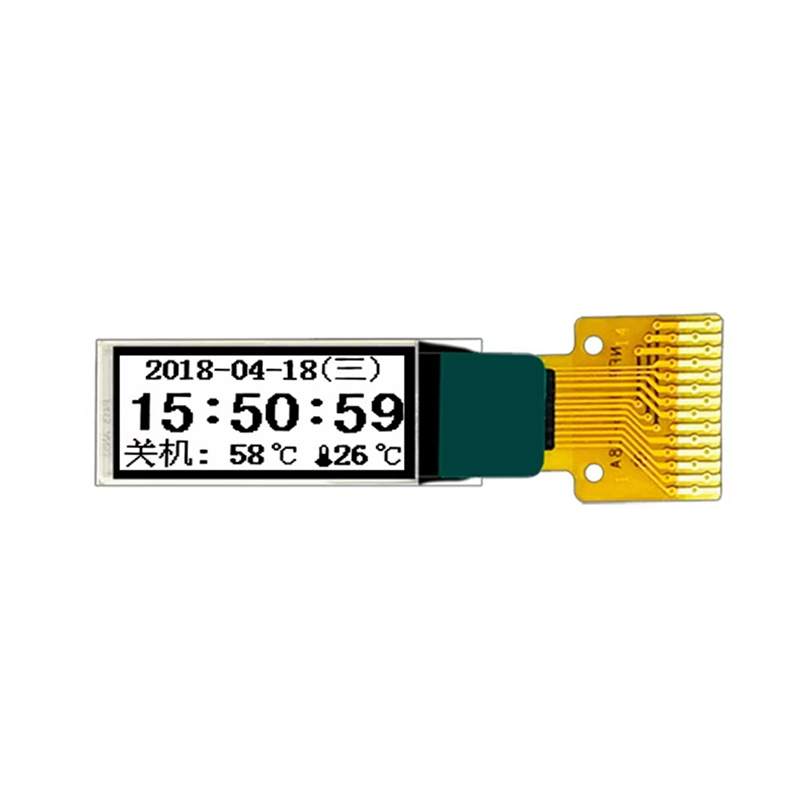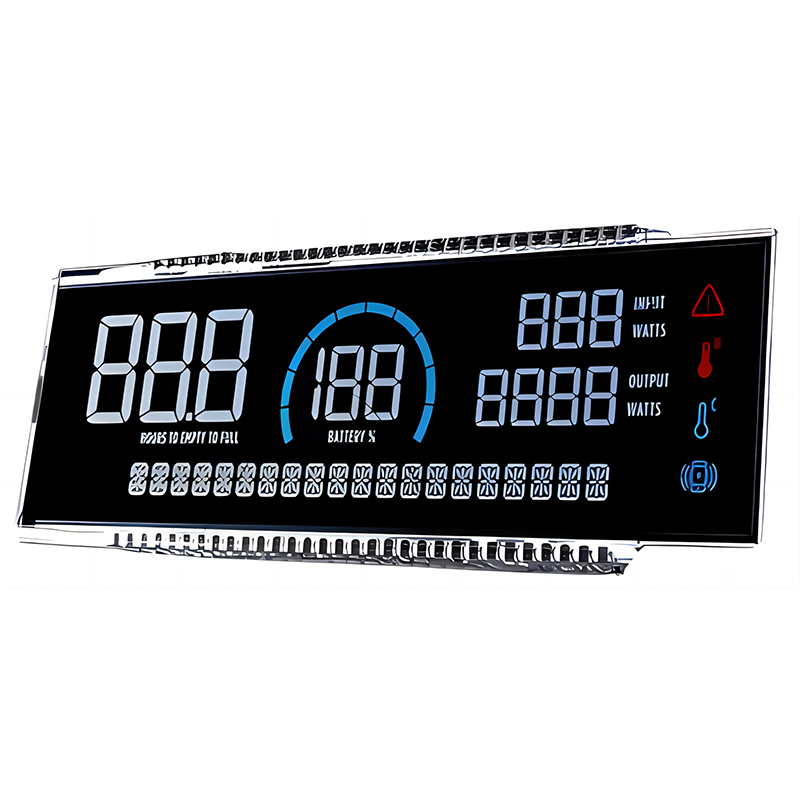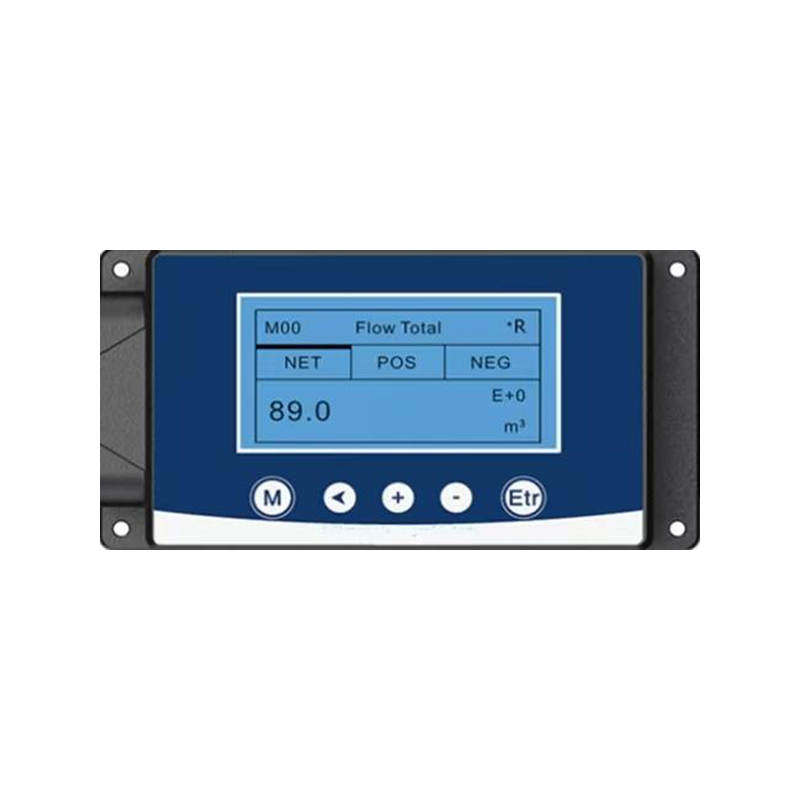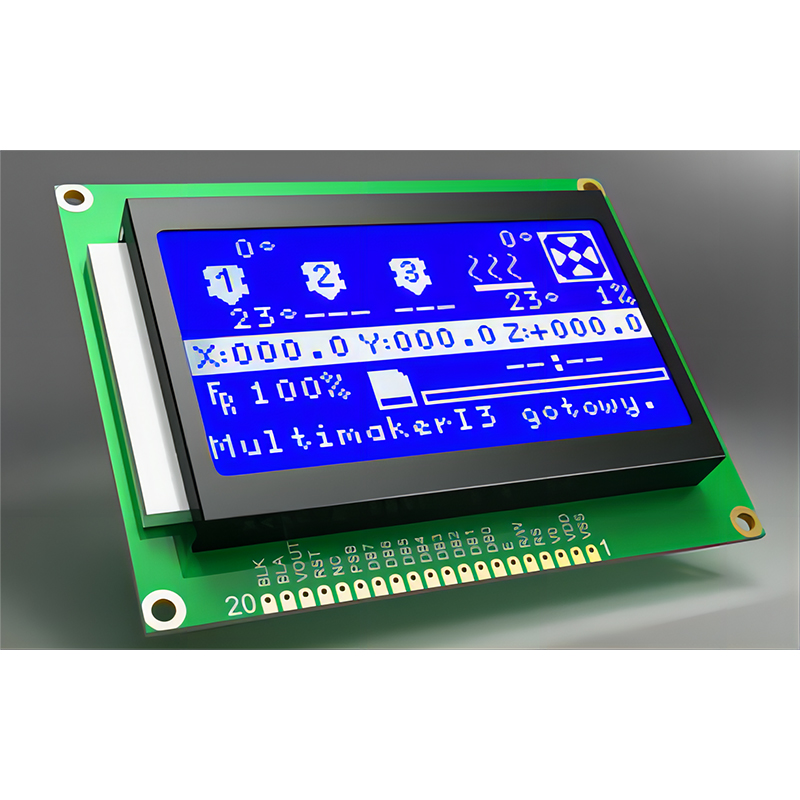
This comprehensive guide dives deep into the specifications, applications, and market landscape of 2.4-inch OLED displays. We'll explore the advantages and disadvantages, compare different models, and help you determine if a 2.4-inch OLED screen is the right choice for your project.
Organic Light-Emitting Diodes (OLEDs) are a type of display technology that uses organic compounds to emit light. Unlike LCDs, which require a backlight, OLEDs illuminate individual pixels, resulting in superior contrast ratios, deeper blacks, and wider viewing angles. 2.4-inch OLED displays leverage these benefits in a compact form factor.
The small size of a 2.4-inch OLED display makes it ideal for a variety of applications. Its advantages include: superior color accuracy, incredibly deep blacks, wide viewing angles, and excellent energy efficiency compared to similar sized LCDs. The slim profile also contributes to its appeal in design-conscious products.
While 2.4-inch OLED displays offer significant advantages, there are some limitations to consider. Burn-in is a potential concern, although modern displays have improved significantly in this area. The cost of production is also generally higher than that of comparable LCD displays.
The compact size and power efficiency of 2.4-inch OLED displays make them well-suited for smartwatches and fitness trackers. The vibrant colors and deep blacks enhance the user experience, displaying information clearly and attractively.
The high-resolution and clear image quality of 2.4-inch OLED screens are valuable in medical devices, such as portable patient monitors and diagnostic tools. The ability to display critical information with excellent clarity and precision is essential.
2.4-inch OLED displays find use in various industrial applications, particularly where compact size, readability, and low power consumption are required. Examples include handheld control panels and data display units.
Selecting the appropriate 2.4-inch OLED display depends heavily on your specific application and requirements. Consider factors such as resolution, brightness, power consumption, and interface type. For high-quality displays and expert consultation, consider exploring options from reputable manufacturers such as Dalian Eastern Display Co., Ltd., a leading provider of custom LCD and OLED solutions.
Different manufacturers offer varying specifications and features in their 2.4-inch OLED displays. Direct comparison is crucial for informed decision-making. Below is a sample comparison (Note: Specifications may vary depending on the exact model and manufacturer):
| Feature | Manufacturer A | Manufacturer B |
|---|---|---|
| Resolution | 320x240 | 240x320 |
| Brightness (nits) | 300 | 250 |
| Power Consumption (mW) | 150 | 180 |
Note: This is a simplified comparison. Always consult the manufacturer's specifications for the most accurate information.
The 2.4-inch OLED display market offers diverse options for various applications. By understanding the advantages and disadvantages, considering specific requirements, and comparing different models, you can make an informed decision to select the perfect 2.4-inch OLED display for your project.



